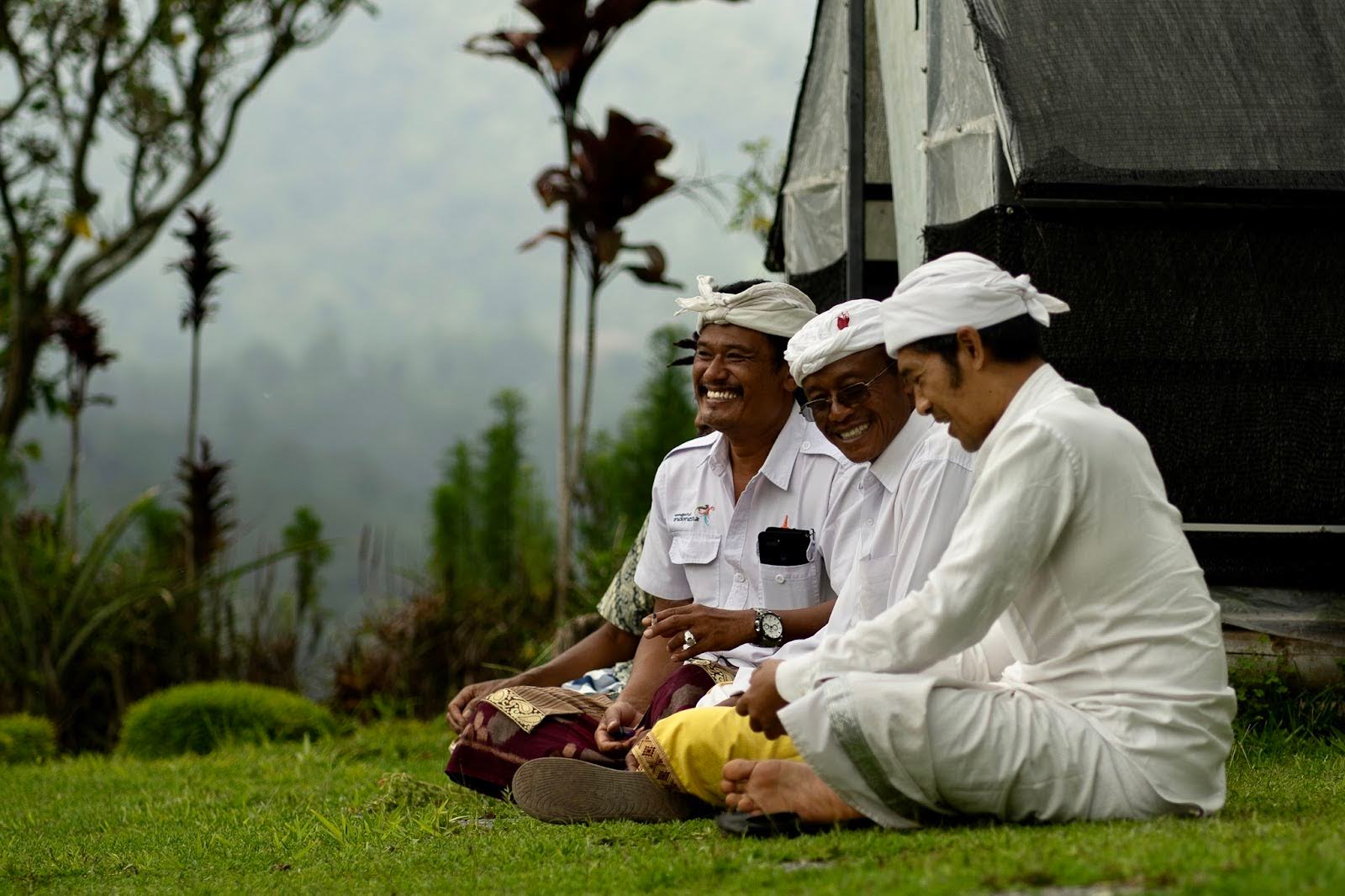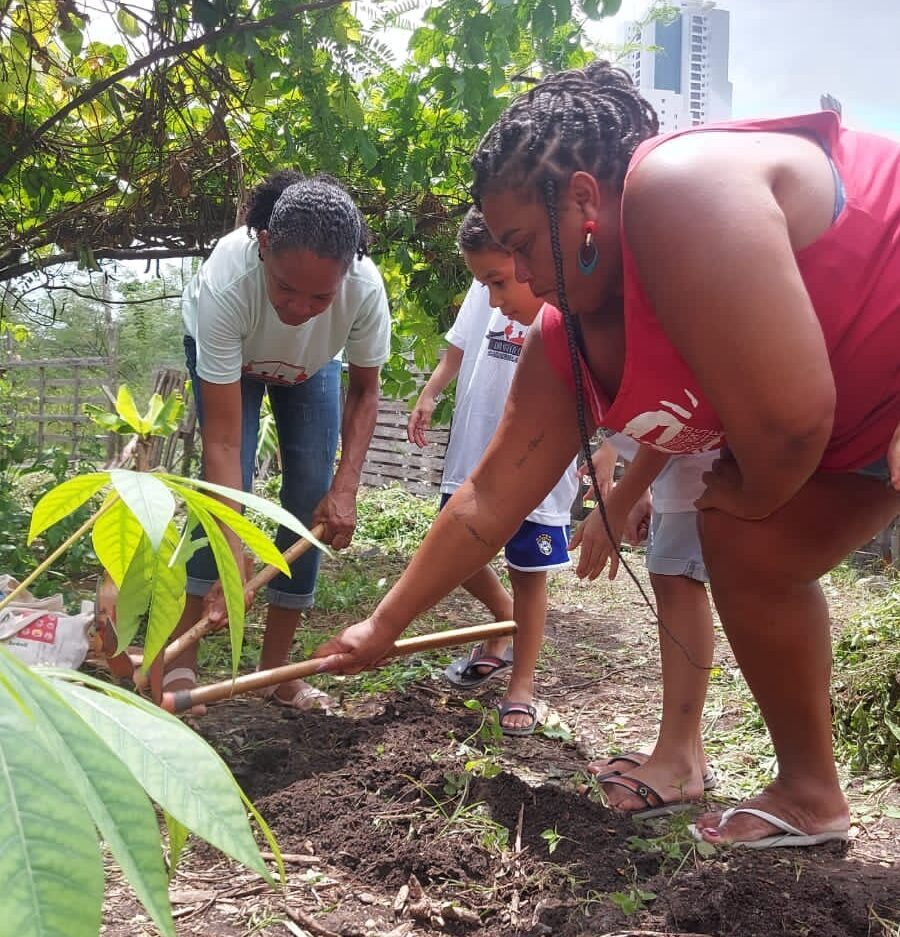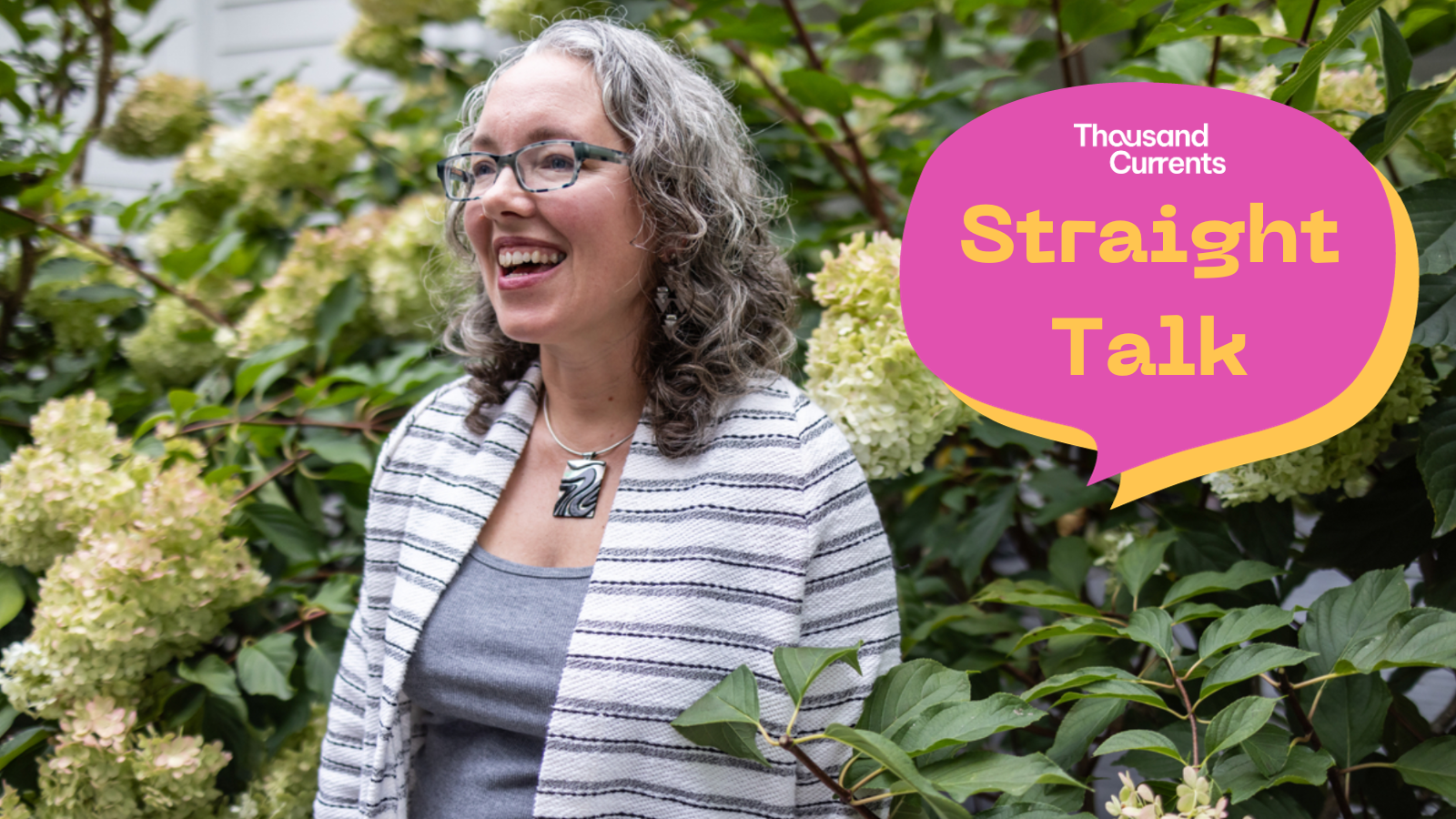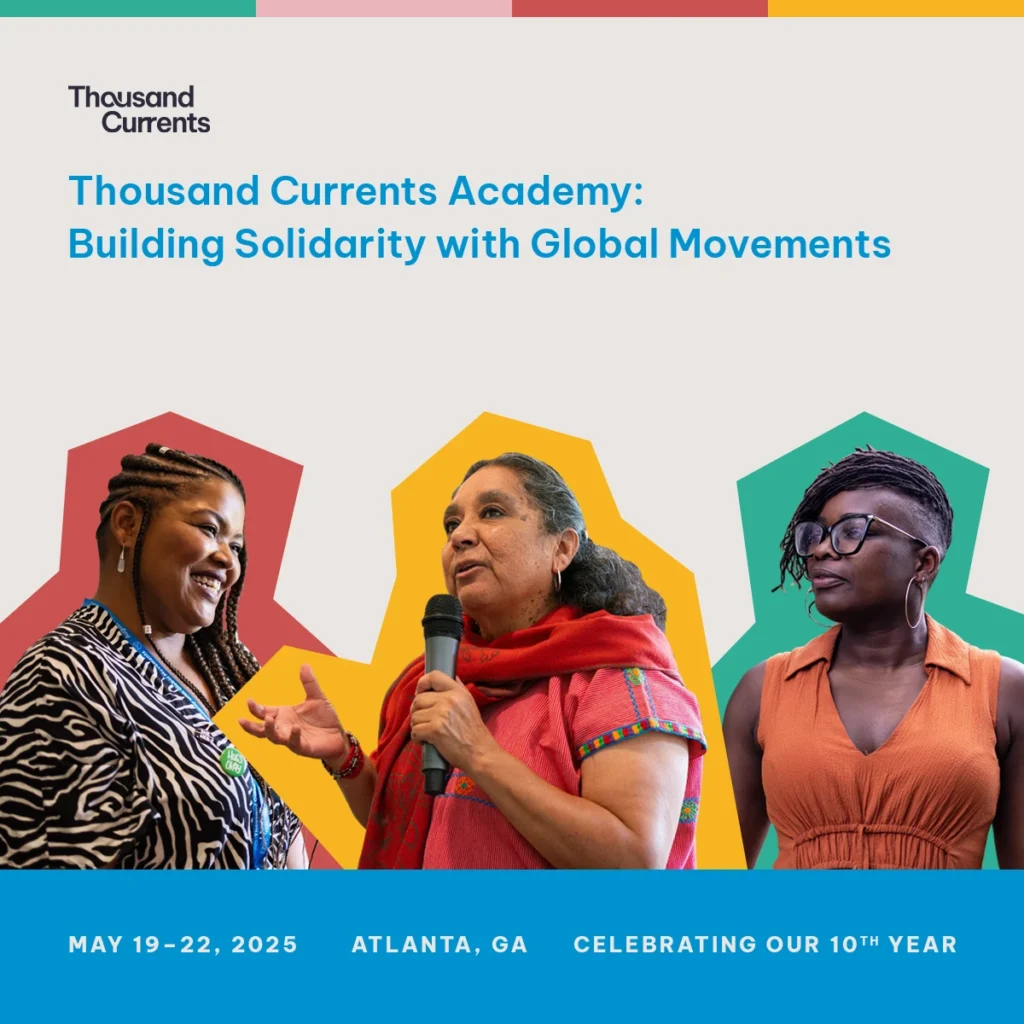Learning from our Indigenous grassroots partners.
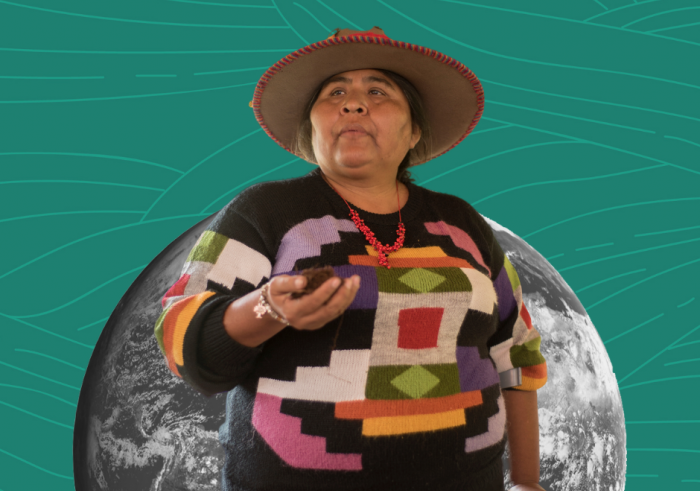
Celebrating Indigenous Peoples Day
At Thousand Currents, our grassroots and Indigenous partners are climate justice leaders at the frontlines fighting fossil fuels and industrialized agriculture. They are guardians of most of the world’s remaining biodiversity. They are protectors of Mother Earth. As a global community, we have so much to learn from them.
These are just a few of the teachings our Indigenous and grassroots partners have shared with us along the way:
A masterclass on Buen Vivir
Our former partner, Desarrollo Económico Social de los Mexicanos Indígenas (Social and Economic Development of Indigenous Mexicans, or DESMI), one of the oldest and most reputable grassroots organizations in Chiapas, shared with us the Indigenous concepts of Buen Vivir. María Estela Barco Huerta of DESMI taught us about what’s needed to build individual consciousness, how to work collectively, and why we need to take a more expansive view of global solidarity.
Learnings from Indigenous worldviews on biocultural diversity
The Association of Communities in the Potato Park (ACPP), composed of a group of Indigenous Quechua members in the Andes Mountains of Peru, are upholding the tradition of Sumaq Kawsay, a term closely related to the concept of Buen Vivir or “right living,” reflecting a respectful co-existence with Mother Earth and the ancestral spirits.
Ntinga Ntaba kaNdoda: African-centered, self-determined, and people powered
Another former partner, Ntinga Ntaba kaNdoda, a vibrant rural community movement located in Keiskammahoek, Eastern Cape, South Africa, mobilizes for rights, democracy, land reform, and sustainable rural development anchored in Indigenous knowledge. They are exploring pathways of building community through self-determination and balance with the earth, and their initiatives in agroecology, solidarity economics, and youth-centered leadership development are a powerful example of what community self-determination can look like.
What we can do:
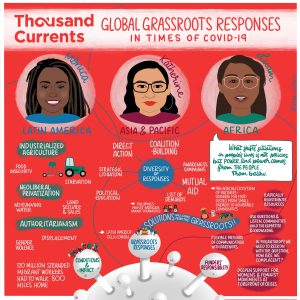
Graphic notes by Elizabeth Hee of our webinar on global grassroots responses to COVID-19
Our grassroots and Indigenous partners have consistently shown us that community networks are the first responders in time of crisis. Far before governments or large NGOs enter the picture, local communities and networks are on the ground practicing the truest forms of mutual aid and community care. Their grassroots brilliance in the face of COVID-19 is a testament to how critical it is to mobilize resources to the grassroots, especially as we face mounting threats from climate change in the years to come.
We must fund the frontlines.
In spite of national lockdowns in response to COVID-19, Indigenous frontline land defenders are being targeted, criminalized, and killed by militarized governments and corporate entities. Earlier this year, Zezico Rodrigues Guajarara, an Indigenous leader from northeastern Maranhão state in Brazil was found shot dead, following the murders of five other Indigenous community members fighting illegal logging since last November.
Now more than ever we must stand in solidarity with our Indigenous brothers and sisters, land defenders, and water protectors.
Yet over the last few decades, many funders have predominantly supported top-down strategies to address climate change, neglecting to support bottom-up, grassroots and Indigenous-led solutions that have significant greenhouse gas emissions reduction potential. Solutions like agroecology, community governance of renewables, and direct resistance to resource extraction help to explain why 80% of the world’s biodiversity is in Indigenous Peoples’ territories.
Today, when we celebrate Indigenous People around the world, we honor those who are at the frontlines of the climate crisis and at the forefront of the solutions.
Related Stories
